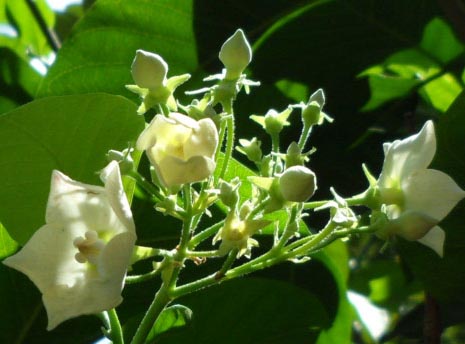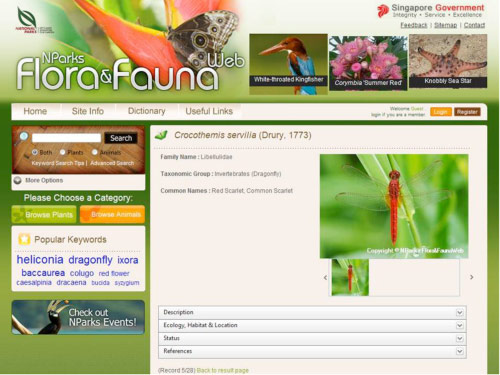What To Do When A Plant Outgrows Its Pot
Like children who outgrow their clothes and shoes, potted plants also outgrow their containers over time. A plant’s root system becomes pot-bound when cramped within the limited space of its container, forming a tightly packed mass that inhibits the plant’s growth. This also limits the plant’s supply of nutrients and water. When such a situation occurs, it is time for your plant to part ways with its existing pot, and move in to a larger one.

How can you determine if your plant needs repotting? The most obvious sign is the presence of visible roots, either on the surface of the soil or growing out from the drainage holes at the pot’s base. In these instances, carefully take the plant out from its pot – you are likely to see roots coiled around the root ball. This indicates a pot-bound plant, which grow more slowly and require more frequent watering.

As a general rule of thumb, the new pot for your plant should not be exceed the existing pot’s size by more than 5 cm in diameter and 5 cm in depth. You may be tempted to give your plant a much larger pot with more space for its roots to grow into, but this can do more harm than good. An over-sized pot may hold too much water due to its increased soil volume, which can lead to root rot.
These step-by-step instructions will help you to safely repot your plant:

Materials needed, clockwise from left: the plant to be repotted, the new larger container, a watering can with water, fresh potting mixture, a trowel, some plastic netting, a chopstick and a pair of scissors.

To remove the plant from its original pot, turn it on its side and ease the plant gently out of its pot. First, tap the bottom and the sides of the pot. If the plant does not budge, you may have to slide a chopstick (or a dowel for larger plants) into the drainage holes at the base of the pot to help push the root ball out. Take care not to damage the rootball, even if it means breaking the pot to free the plant.

If the roots are coiled around the bottom, use your fingers to tease them apart and straighten them. Prune away any dead roots, which will appear black. To stimulate new root growth, use a clean, sharp knife to create a few light slashes along the sides of the rootball lightly. This will help the plant to establish in its new container.

Cover the drainage holes with gauze, which will help to prevent soil from falling out from the pot. Partly fill the base of the new container with some potting mix.

Centre the plant in the container, then fill the sides of the plant with additional potting mix. Fresh potting mix should be at the same level as the surface of the existing root ball – do not bury the crown of the plant as this can lead to crown rot in some plants.

Tamp the soil down with your fingers to squeeze out any air pockets. Finally, water the new plant thoroughly to moisten its roots and to settle the potting mix. Top up with more mix if required.

After the plant is repotted, take care to follow up on its health as it can be stressed because of the disturbance to its roots. These tips can help it to recuperate faster:
- Do not place your newly repotted plant in its original growing location. Instead, put it in a partially shaded spot protected from wind for around a week. This will reduce the rate of water loss from the plant.
- A plant can go into transplant shock. One way to help it recover is to put it inside a clear plastic bag. The high humidity generated inside the bag will slow down the rate of water loss. You should open the bag roughly twice a week to introduce fresh air, and allow excess moisture to escape. This will also allow the plant to acclimatise gradually to normal growing conditions.
- Avoid feeding a newly repotted plant – fertilise it at least a month after repotting. The best time to begin feeding a repotted plant would be when it starts to show new growth. This indicates that its root system has more or less established.
By Wilson Wong
Have views or comments on this article? Let us know via this form. If you would like to give us feedback on any other areas relating to our parks and gardens, please submit via https://www.nparks.gov.sg/feedback




Germaine 8/11/2011 2:16:39 PM